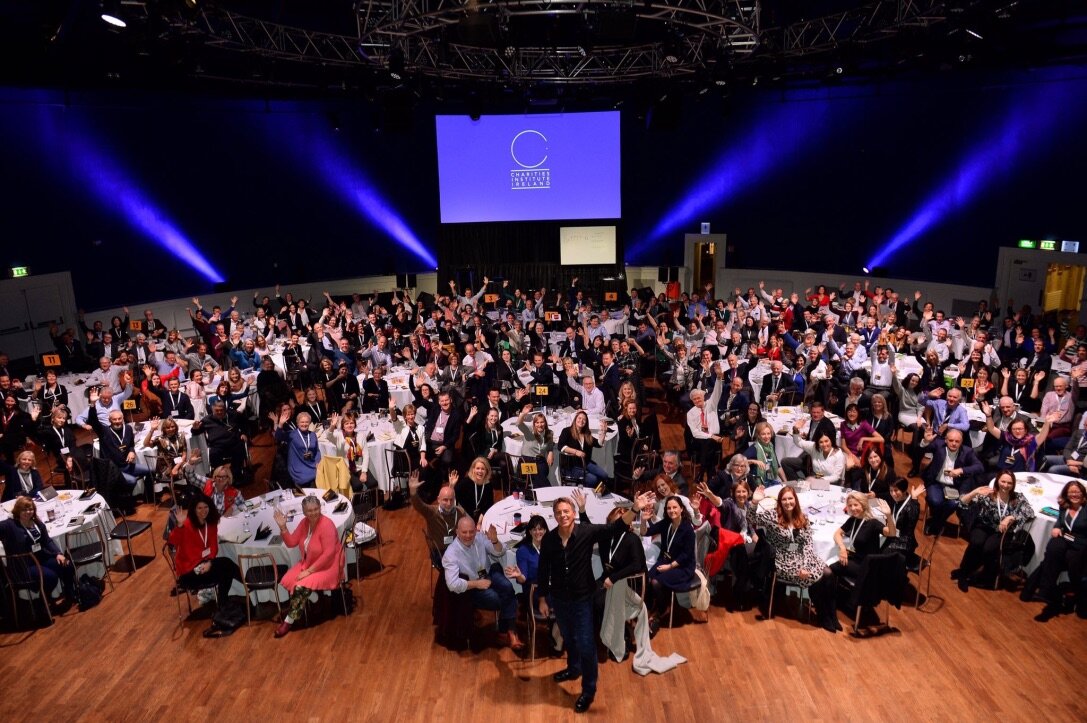I’ve been waiting for this day for a long time. Waiting to unveil some powerful, practical, persuasive new tools for you, based on an epiphany…
You always thought you needed to persuade donors and staff and board members that impact was more important than overhead — that a daring dream was more important than a cost ratio. But what you really needed were tools that could do the persuading for you.
Because you were meant for bigger things than defending cost ratios.
For the last twelve years I have traveled the world far and wide giving hundreds of speeches and leading trainings from Moscow to Sydney, from Dublin to Dallas, and everywhere in between. I have seen the nonprofit sector up close and personal in the hearts and efforts of tens of thousands of people like you who give it all up to make a difference in the world.
It is remarkable to me how similar things are from state to state, country to country, organization to organization and person to person. Everywhere, the people I meet desperately want to make a better world. And everywhere, you work inside systems that actively and persistently work against you, denying you the basic economic freedoms we lavish on the world’s gigantic consumer brands. Are there differences between Canada and Ireland? Between Moscow and Greece? Between Australia and the United States? Between Texas and Rhode Island? Not enough to warrant mention. Deprivation is the norm the world over.
And so everywhere, I see big hearts demoralized by aspirations that do not rise to the level of peoples’ true potential. The tyranny of financial metrics kills peoples’ real dreams.
My work has been about liberating people in the nonprofit sector from the gaslighting they undergo that hypnotizes them into believing they don’t have a right to dreams as large as those of Elon Musk or Jeff Bezos. That it is not fiduciarily responsible to dream that big.
We are not told these things by people with evil intent. We, and they, operate out of a system handed down to us from the ages that enforces these old ideas mechanically, out of habit, without examination.
How can I help these dreamers? Help you? This is the question by which I have been possessed. I can’t be there to convince every donor, every member of your staff, every board member. And you don’t do this as much as I do. Sometimes, you’ve told me, you get tongue-tied when you try to convince a donor that impact, not overhead, is the thing to measure. You seem to keep losing the argument.
What if you didn’t have to make the argument? What if you had real tools that made the argument for you? We have never had tools to make this argument for us, because for the longest time it didn't dawn on us that there was any argument to be made. Or that, if there was, that we had a right to make it. But the light began to dawn on us in the last 10 years that we needed to find a way out of the shackles that kept us from our true potential.
And so today, I am unveiling three powerful tools that I have developed to make the argument for you. To speak truth to power. Power tools, you might call them. Because they’ll allow you to get your power back. They’ll allow you to educate your entire ecosystem — your staff, at all levels, your board, and your donors, large and small, so that you have an entire ecosystem moving on together from the past, arms locked with new resolve to commit yourselves to your most daring dreams for transformation, and with the knowledge that you deserve nothing less.
You can watch the announcement video in which all of these tools are presented and explained here.
I cannot wait to see what you do with these new tools in your hands — liberated from agonizing defense and debate, and empowered to take up the banner of your dreams.


